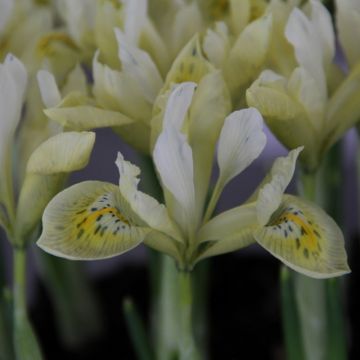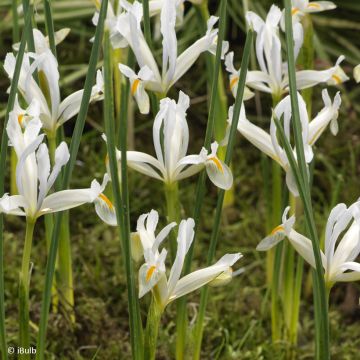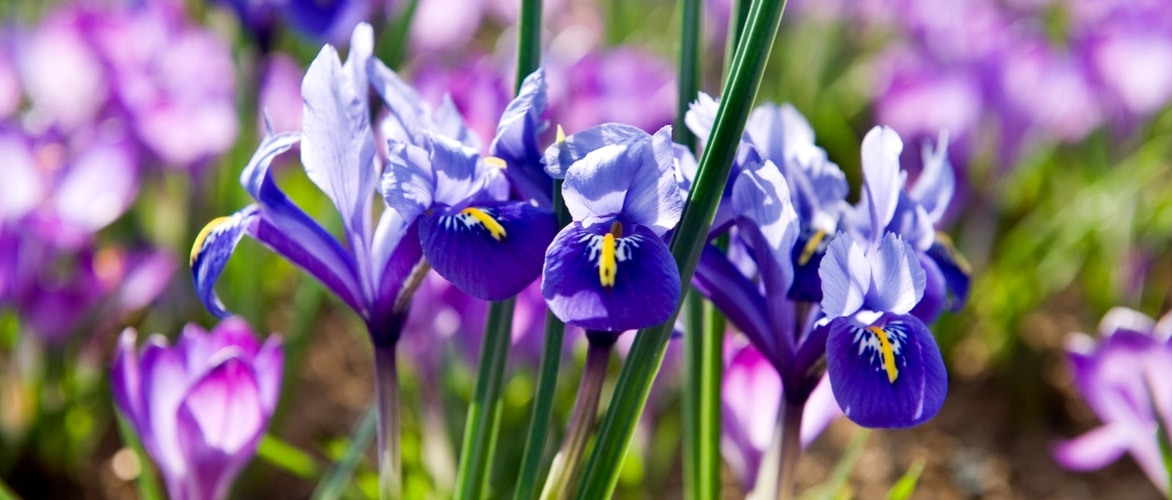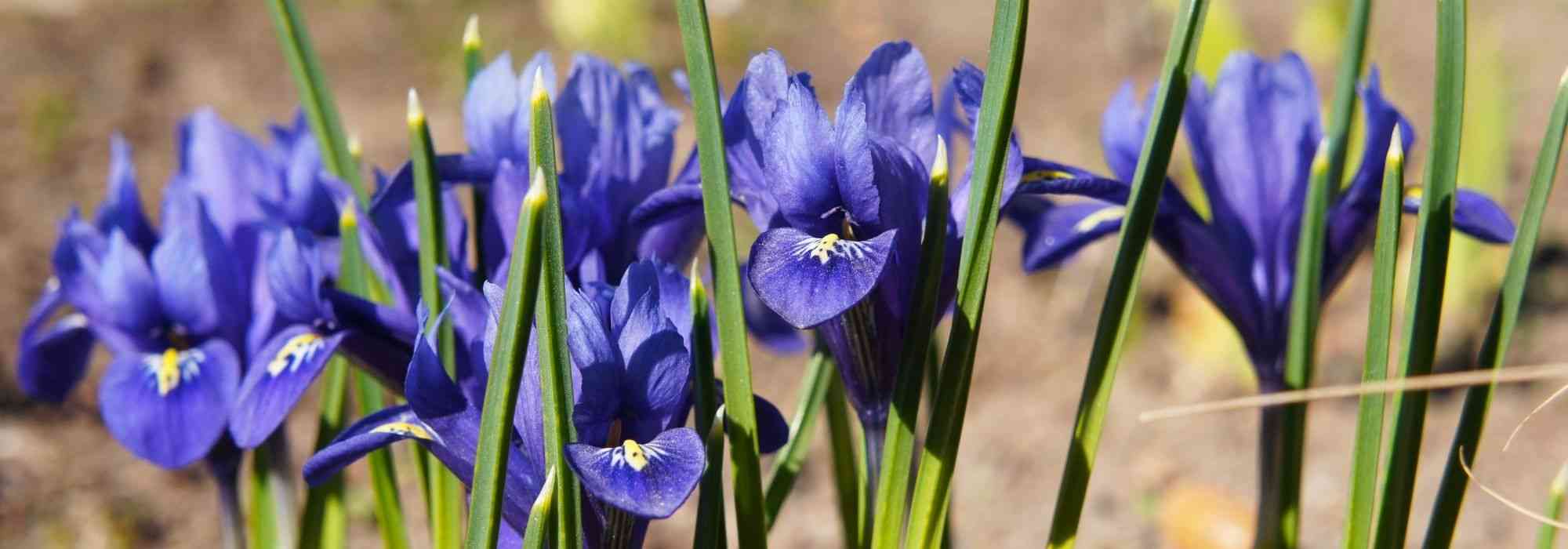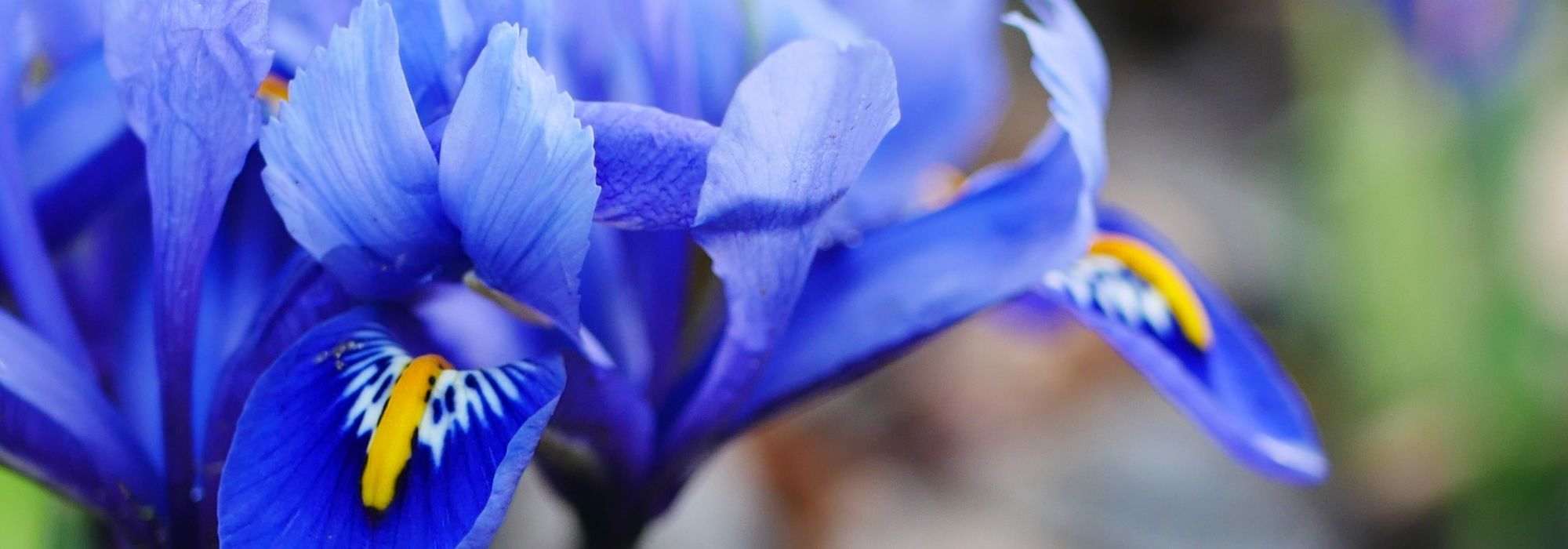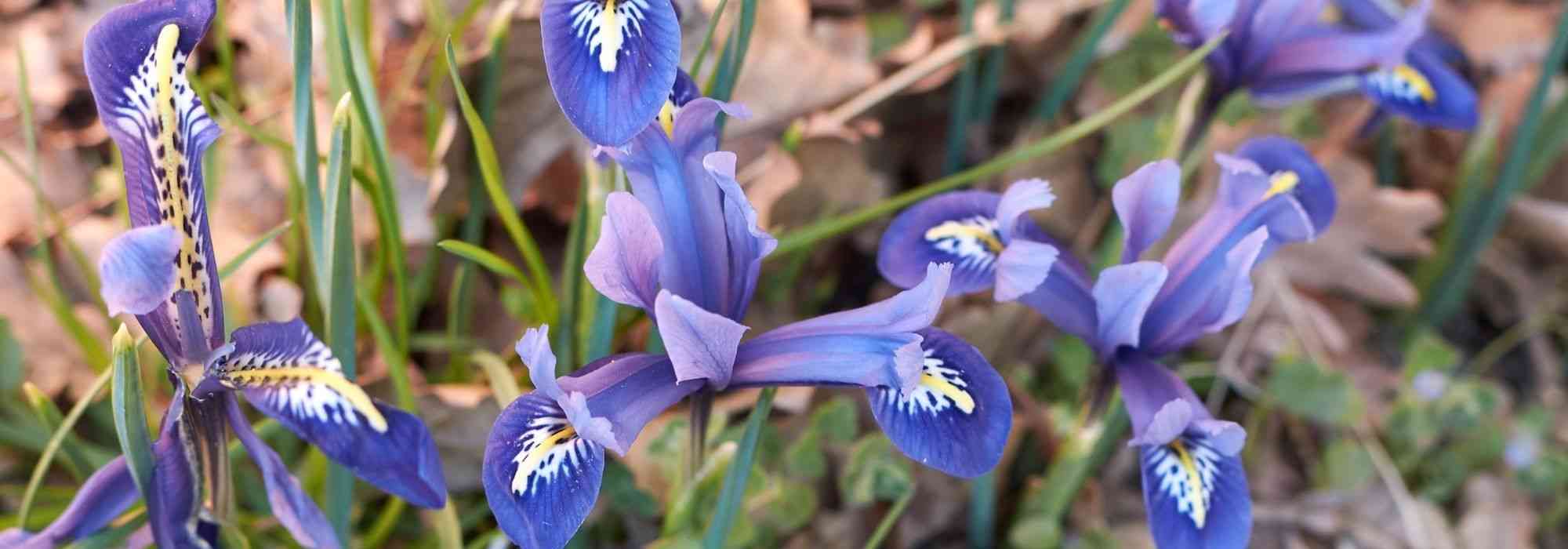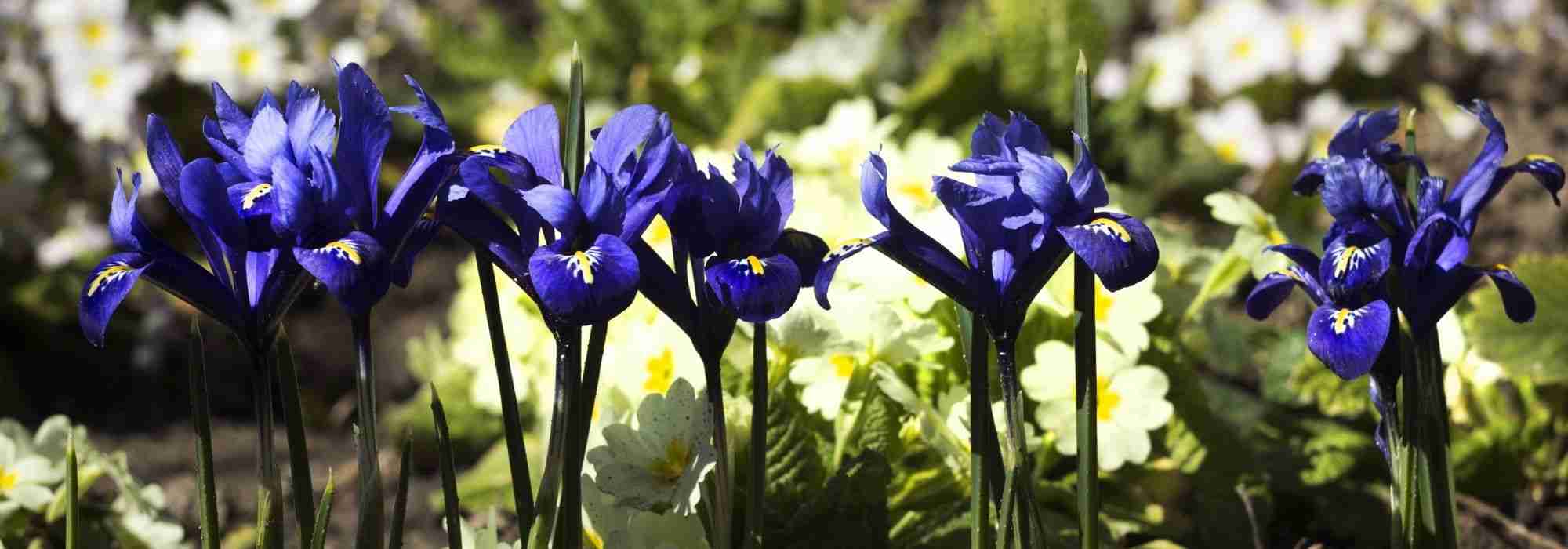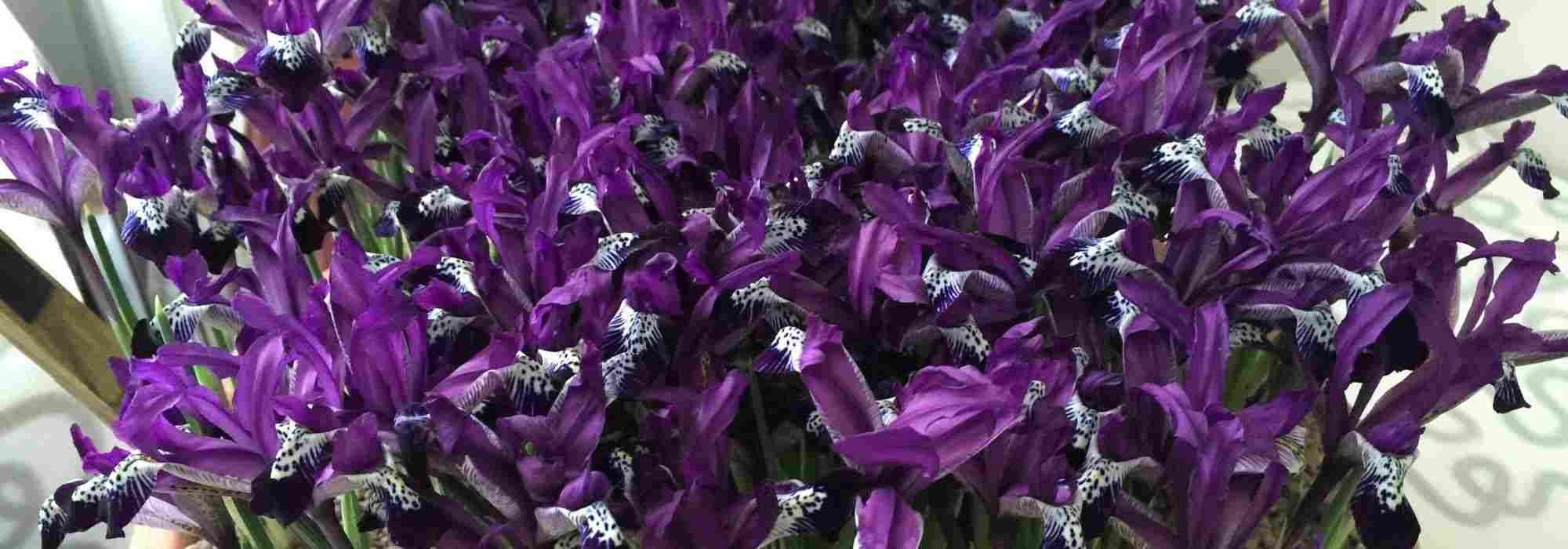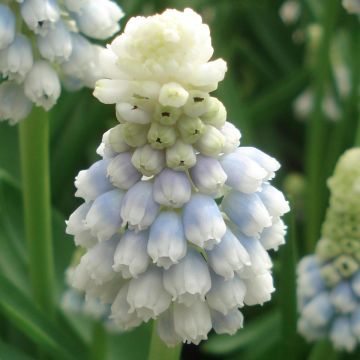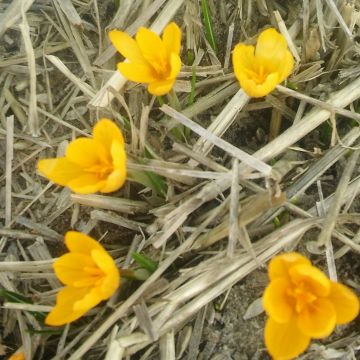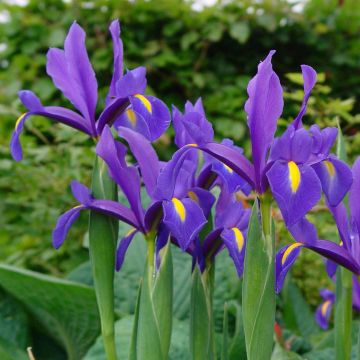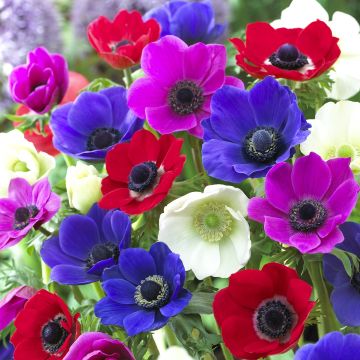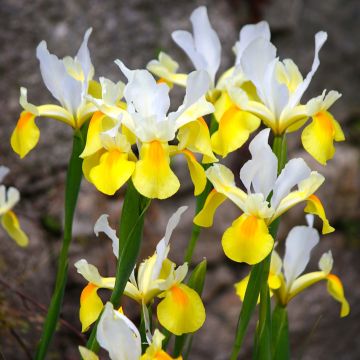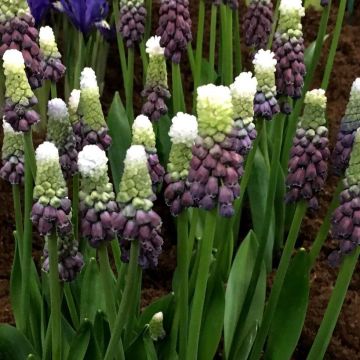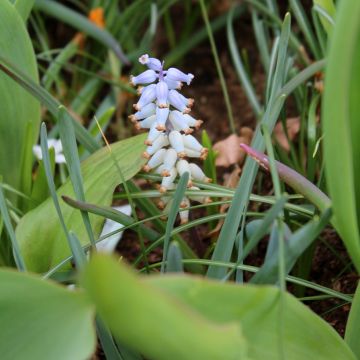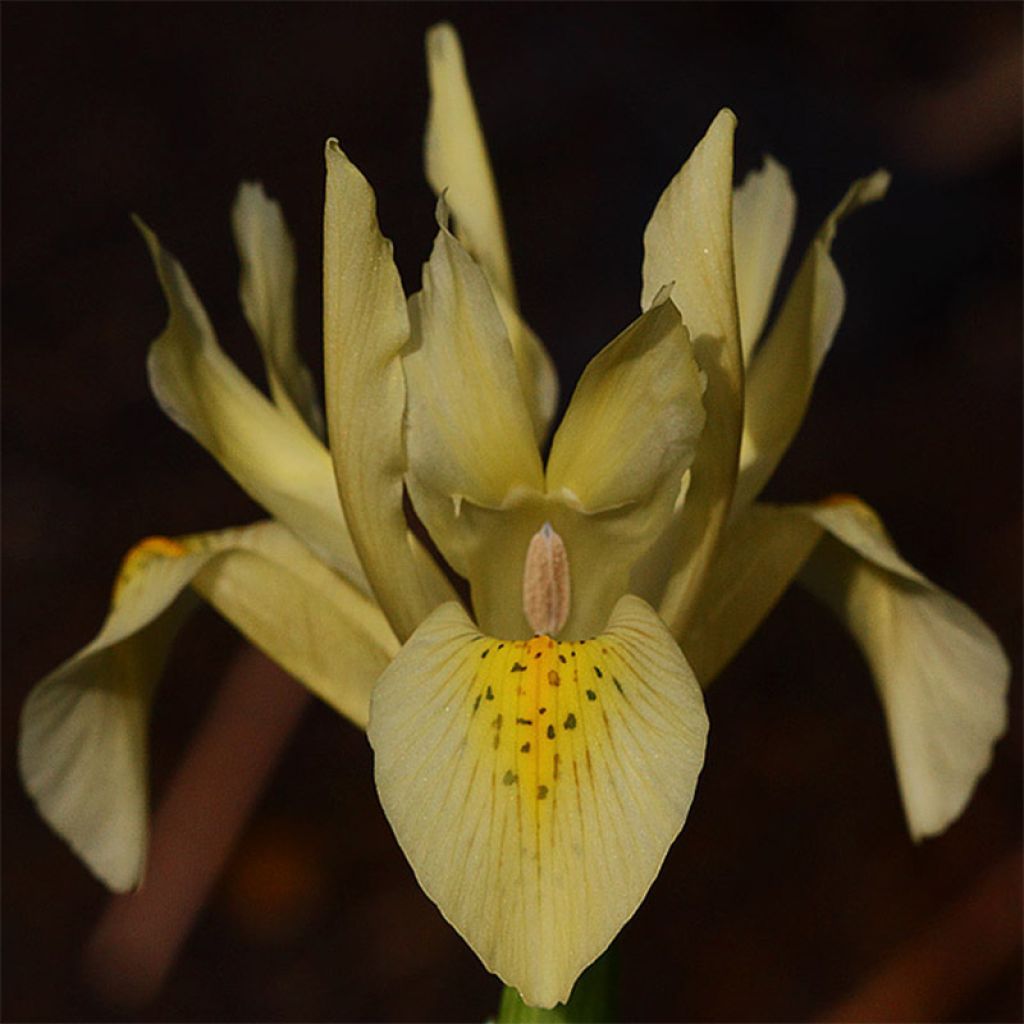

Iris winogradowii
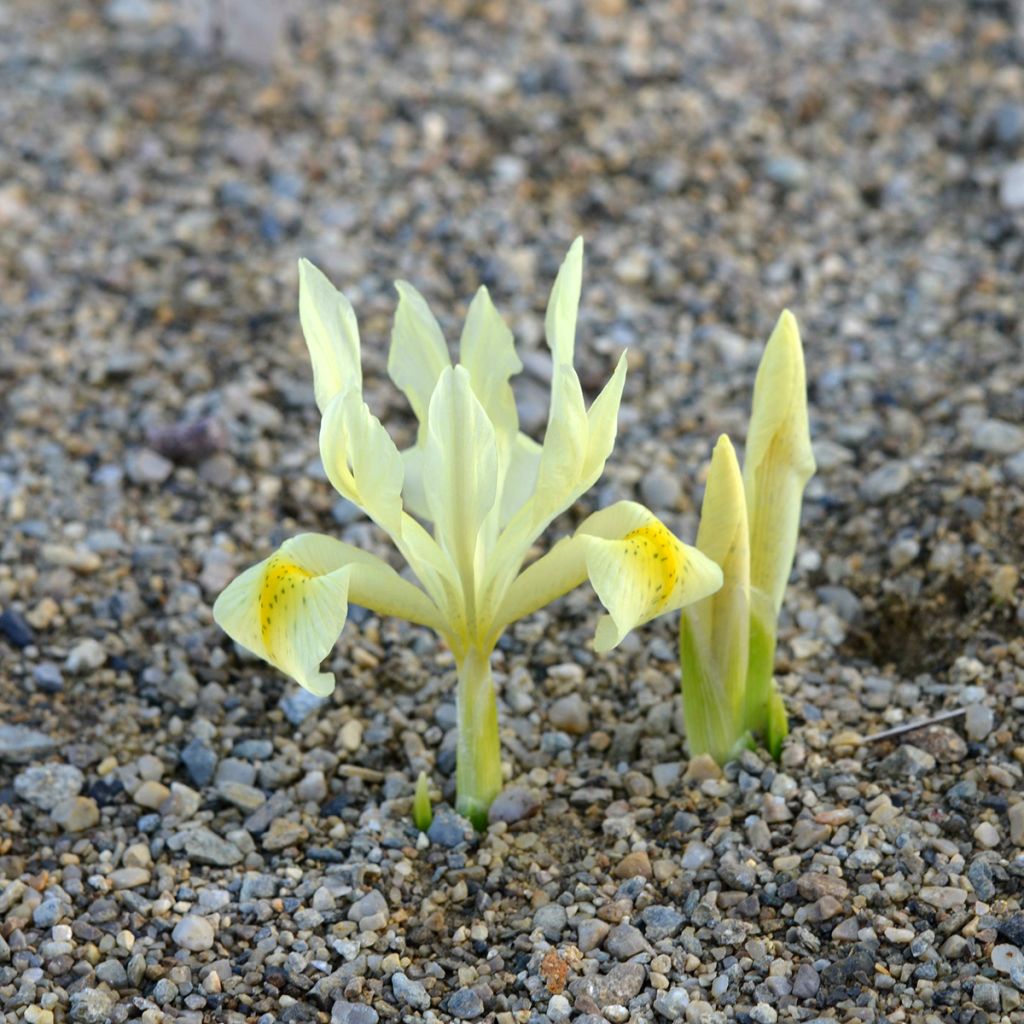

Iris winogradowii
Iris winogradowii
Iris winogradowii
Special offer!
Receive a €20 voucher for any order over €90 (excluding delivery costs, credit notes, and plastic-free options)!
1- Add your favorite plants to your cart.
2- Once you have reached €90, confirm your order (you can even choose the delivery date!).
3- As soon as your order is shipped, you will receive an email containing your voucher code, valid for 3 months (90 days).
Your voucher is unique and can only be used once, for any order with a minimum value of €20, excluding delivery costs.
Can be combined with other current offers, non-divisible and non-refundable.
Why not try an alternative variety in stock?
View all →This plant carries a 6 months recovery warranty
More information
We guarantee the quality of our plants for a full growing cycle, and will replace at our expense any plant that fails to recover under normal climatic and planting conditions.

Would this plant suit my garden?
Set up your Plantfit profile →
Description
The Iris winogradowii, sometimes called Winogradoff's Iris, is a botanical species that has become rare in its native range, probably due to its wonderful pale yellow and fragrant flowering that emerges at the end of winter, but perhaps also because it requires specific growing conditions to thrive. This small bulbous plant produces beautiful large flowers of a soft primrose yellow, speckled with green on the sepals which are also marked with an orange crest. Originally from mountainous regions, perfectly hardy, this very beautiful iris deserves to be cultivated in humus-rich and moist, but well-drained soil, in the shelter of an understory, in filtered light.
The Iris winogradowii is a perennial plant of the iris family, native to the mountains of southern Caucasus, Azerbaijan and Georgia. Nowadays, it can only be found in a few locations in Georgia, where it grows in subalpine meadows, as well as in pockets of humus accumulated in slightly damp rocky outcrops. It also prefers semi-shaded exposures in summer, meaning under deciduous woody plants. The plant develops from a storage organ, which is an elongated bulb 2 to 3 cm (1in) tall, covered with a brown epidermis. In humid conditions, it tends to develop stolons. This iris blooms from late February, or in March depending on the climate, before the foliage appears, which makes it valuable in the garden. The flowers, 8 to 10 cm (3 to 4in) wide, are carried by stems about 8 cm (3in) tall. They are large compared to the size of the plant and appear to emerge directly from the ground. They consist of 3 erect inner tepals dominating 3 more horizontal outer tepals adorned with green spots and an orange midline. They are highly fragrant. The foliage develops when the flowers fade, forming a clump of narrow, stiff and pointed leaves, up to a maximum height of 30 to 40 cm (12 to 16in). It is at this point that the bulb divides into several bulblets, allowing the plant to colonize its environment.
The Iris winogradowii is cultivated in flower beds or rock gardens, in partial shade and in humus-rich, acidic soil that is always slightly moist. Cultivating it in pots seems quite delicate. It can be associated with other small early-flowering bulbs, such as snowdrops, spring crocuses, or botanical and early tulips. It also pairs well with hellebores. They should be planted in groups of 15 bulbs to quickly create beautiful splashes of colour in early spring. Lastly, it is a plant that should thrive in an alpine trough, just like Dodecatheon, Globularia cordifolia, or Saxifraga 'Pixie'.
Iris winogradowii in pictures
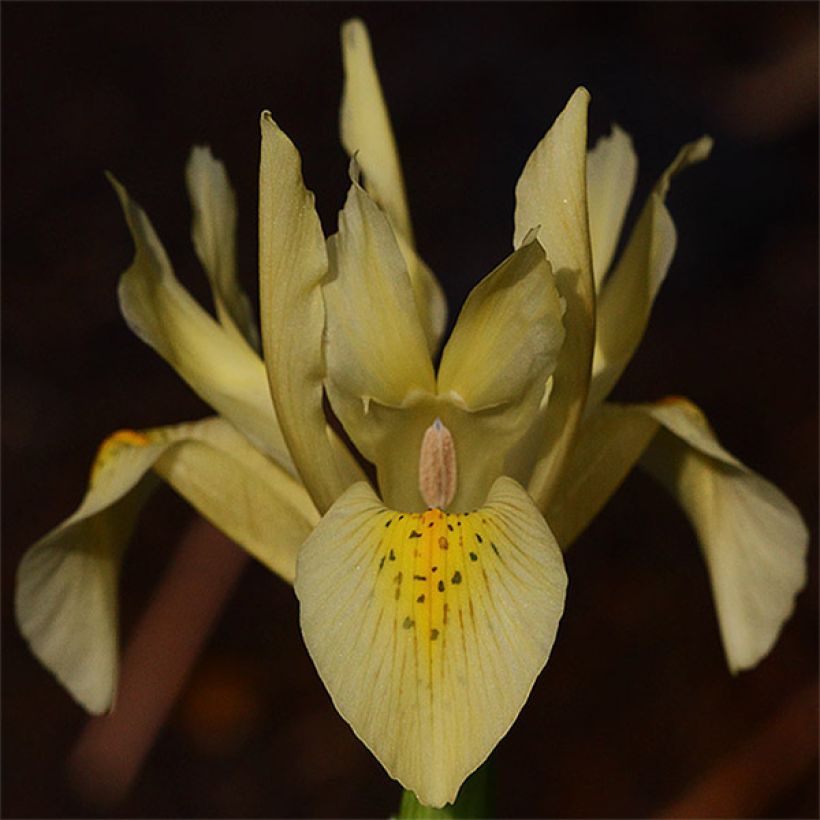



Plant habit
Flowering
Foliage
Botanical data
Iris
winogradowii
Iridaceae
Eastern Europe
Planting and care
Plant the bulbs in September-October, in a semi-shaded position in summer, sunny in winter, in humus-rich, acidic, well-drained (sandy or peaty) soil, 10 cm (4in) deep and preferably in groups, spaced 8 cm (3in) apart. Cut off the faded flowers at their base, taking care to leave the stem. Continue to water the plants at their base. Once the foliage has turned yellow, remove it and leave the bulbs in place for them to flower again the following year. After flowering, water three times with liquid fertilizer at one-month intervals. Leave the bulbs in place for several years.
Planting period
Intended location
Care
Planting & care advice
This item has not been reviewed yet - be the first to leave a review about it.
Similar products
Haven't found what you were looking for?
Hardiness is the lowest winter temperature a plant can endure without suffering serious damage or even dying. However, hardiness is affected by location (a sheltered area, such as a patio), protection (winter cover) and soil type (hardiness is improved by well-drained soil).

Photo Sharing Terms & Conditions
In order to encourage gardeners to interact and share their experiences, Promesse de fleurs offers various media enabling content to be uploaded onto its Site - in particular via the ‘Photo sharing’ module.
The User agrees to refrain from:
- Posting any content that is illegal, prejudicial, insulting, racist, inciteful to hatred, revisionist, contrary to public decency, that infringes on privacy or on the privacy rights of third parties, in particular the publicity rights of persons and goods, intellectual property rights, or the right to privacy.
- Submitting content on behalf of a third party;
- Impersonate the identity of a third party and/or publish any personal information about a third party;
In general, the User undertakes to refrain from any unethical behaviour.
All Content (in particular text, comments, files, images, photos, videos, creative works, etc.), which may be subject to property or intellectual property rights, image or other private rights, shall remain the property of the User, subject to the limited rights granted by the terms of the licence granted by Promesse de fleurs as stated below. Users are at liberty to publish or not to publish such Content on the Site, notably via the ‘Photo Sharing’ facility, and accept that this Content shall be made public and freely accessible, notably on the Internet.
Users further acknowledge, undertake to have ,and guarantee that they hold all necessary rights and permissions to publish such material on the Site, in particular with regard to the legislation in force pertaining to any privacy, property, intellectual property, image, or contractual rights, or rights of any other nature. By publishing such Content on the Site, Users acknowledge accepting full liability as publishers of the Content within the meaning of the law, and grant Promesse de fleurs, free of charge, an inclusive, worldwide licence for the said Content for the entire duration of its publication, including all reproduction, representation, up/downloading, displaying, performing, transmission, and storage rights.
Users also grant permission for their name to be linked to the Content and accept that this link may not always be made available.
By engaging in posting material, Users consent to their Content becoming automatically accessible on the Internet, in particular on other sites and/or blogs and/or web pages of the Promesse de fleurs site, including in particular social pages and the Promesse de fleurs catalogue.
Users may secure the removal of entrusted content free of charge by issuing a simple request via our contact form.
The flowering period indicated on our website applies to countries and regions located in USDA zone 8 (France, the United Kingdom, Ireland, the Netherlands, etc.)
It will vary according to where you live:
- In zones 9 to 10 (Italy, Spain, Greece, etc.), flowering will occur about 2 to 4 weeks earlier.
- In zones 6 to 7 (Germany, Poland, Slovenia, and lower mountainous regions), flowering will be delayed by 2 to 3 weeks.
- In zone 5 (Central Europe, Scandinavia), blooming will be delayed by 3 to 5 weeks.
In temperate climates, pruning of spring-flowering shrubs (forsythia, spireas, etc.) should be done just after flowering.
Pruning of summer-flowering shrubs (Indian Lilac, Perovskia, etc.) can be done in winter or spring.
In cold regions as well as with frost-sensitive plants, avoid pruning too early when severe frosts may still occur.
The planting period indicated on our website applies to countries and regions located in USDA zone 8 (France, United Kingdom, Ireland, Netherlands).
It will vary according to where you live:
- In Mediterranean zones (Marseille, Madrid, Milan, etc.), autumn and winter are the best planting periods.
- In continental zones (Strasbourg, Munich, Vienna, etc.), delay planting by 2 to 3 weeks in spring and bring it forward by 2 to 4 weeks in autumn.
- In mountainous regions (the Alps, Pyrenees, Carpathians, etc.), it is best to plant in late spring (May-June) or late summer (August-September).
The harvesting period indicated on our website applies to countries and regions in USDA zone 8 (France, England, Ireland, the Netherlands).
In colder areas (Scandinavia, Poland, Austria...) fruit and vegetable harvests are likely to be delayed by 3-4 weeks.
In warmer areas (Italy, Spain, Greece, etc.), harvesting will probably take place earlier, depending on weather conditions.
The sowing periods indicated on our website apply to countries and regions within USDA Zone 8 (France, UK, Ireland, Netherlands).
In colder areas (Scandinavia, Poland, Austria...), delay any outdoor sowing by 3-4 weeks, or sow under glass.
In warmer climes (Italy, Spain, Greece, etc.), bring outdoor sowing forward by a few weeks.






























